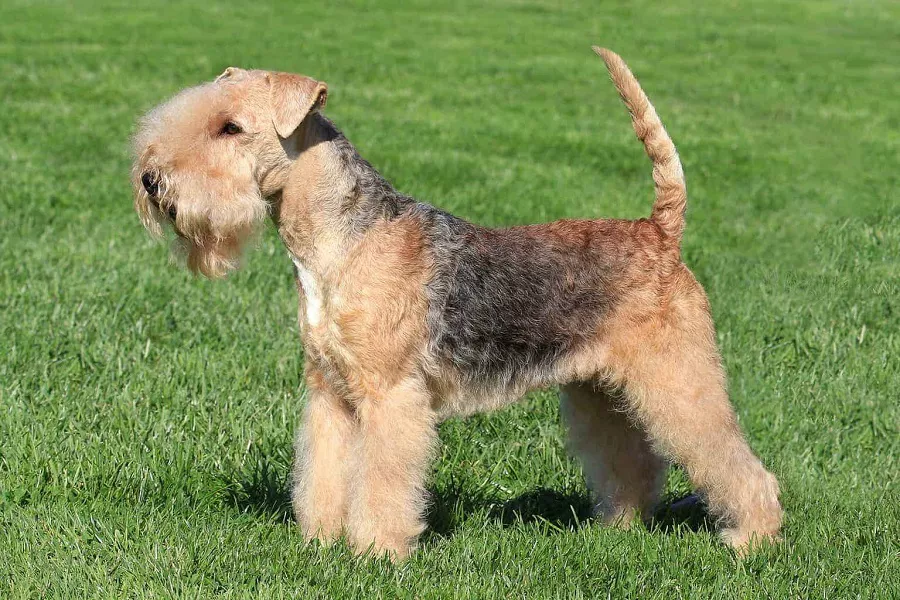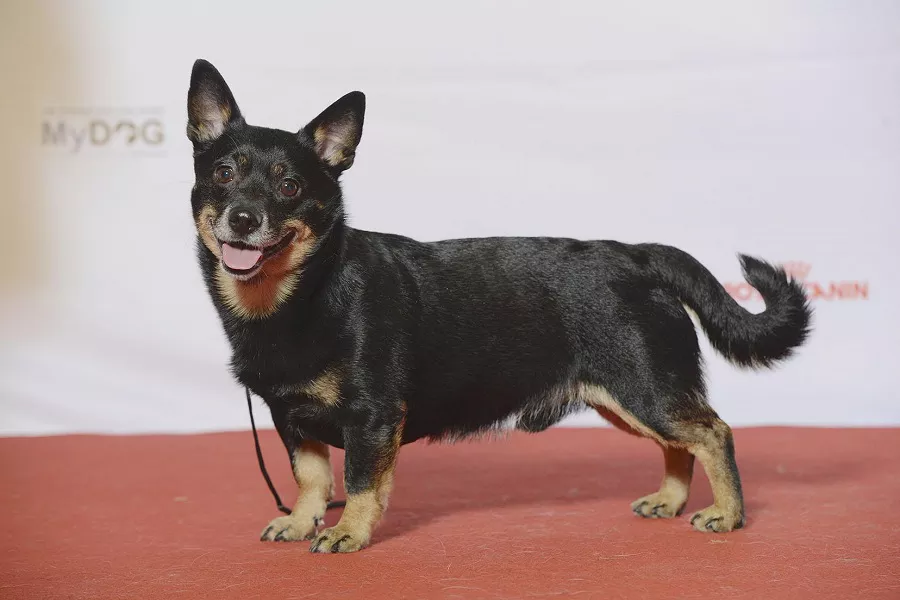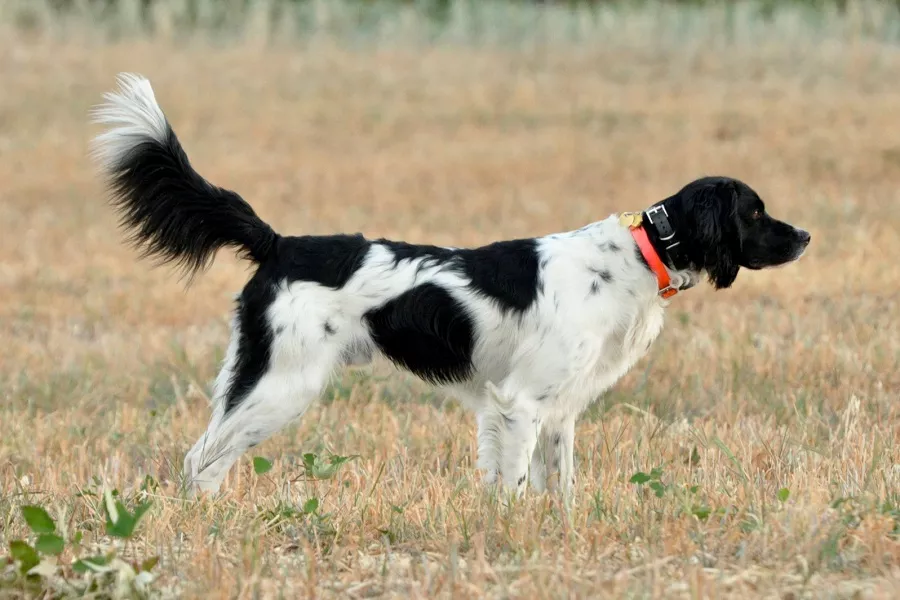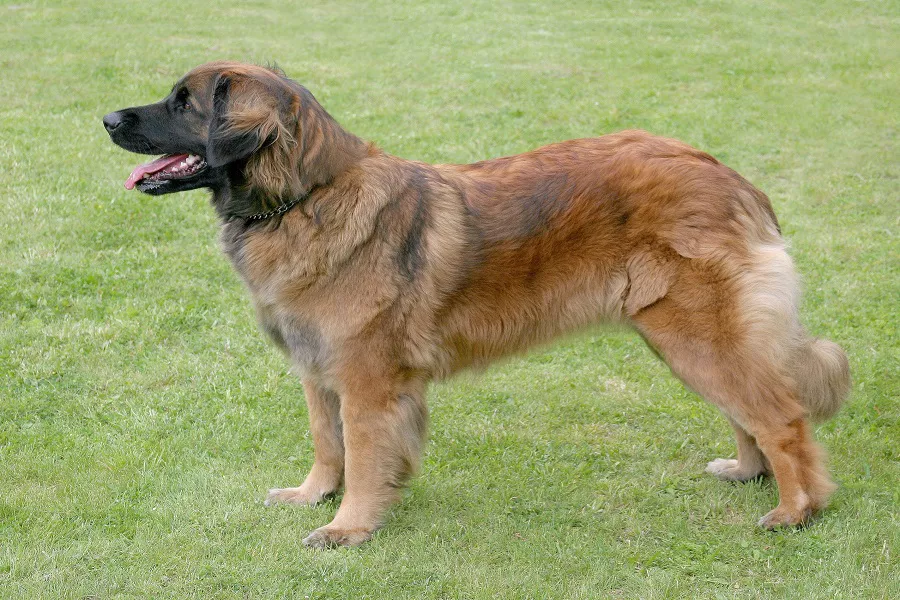What is a lakeland terrier?
Originally called The Patterdale Terrier, it was developed in the lakeside regions of northern England by mating a Bedlington Terrier with an old-fashioned English Wire Terrier. Originally there were many branches, and in 1912, they were classified into one category. Similar to the Welsh Terrier but slightly smaller. His body is deep and narrow, allowing him to burrow smoothly into the cave and get the job done. He has long enough legs that he can adapt to all kinds of rough terrain.
What does a lakeland terrier look like?
The lakeland terrier is a small, delicate dog with a solid, square body. His neck is long and smooth, with a short topline and a high set of tails. His gait is soft and graceful, with a moderate, effortless stride. He has a rectangular head with powerful jaws and V-shaped ears. The coat is densely bristly, with longer frills on the muzzle and legs. The head expression is closely related to the dog’s mood; although his typical expression is vigilant, it is sometimes enthusiastic and determined, sometimes happy and even a little playful. The eyes are small, some are oval, and the distance is relatively far. An amber or brown dog with dark brown to soft brown eyes with brown rims. Dogs of other colors have eyes that are pastel brown to black with black eye rims. The ears are small, V-shaped, folded over the skull, with the inner edge close to the skull and the outer edge close to the outer corner of the eye. The top of the head is flat and of moderate width, and the cheeks may be flat and smooth. The muzzle is strong and the bridge of the nose is straight, just below the eyes. The head is well-proportioned and rectangular, the length of the skull being the same as the length of the muzzle. Nose is black. Lips are black. Jaws powerful. Teeth are large, with a strong bite or scissors bite. The neck is relatively long; delicate and strong; no dewlap on the throat; slightly arched, smooth and gradually widening towards the shoulders. The withers is markedly higher than the back. The topline is short and horizontal from withers to tail. The body is strong and flexible. The chest is narrow, deep, and oval in shape, reaching to the elbows. Ribs are well spread. The base of the tail is set high. Tail docking is required by convention. The posture of the tail is straight and slightly bent towards the head. The shoulders are well angled. Shoulder muscles are smooth. The forelegs are strong, neat and straight. Feet round, pointed forward, toes compact and strong. The pads are thick, black or dark grey, and brown in amber dogs. Toenails are strong, black or consistent with the dog’s body color. The thighs are muscular and powerful. The paws are the same as the forelimbs.
lakeland terrier living habits
The typical characteristics of lakeland terrier are bold, happy, friendly, confident, with a swagger. Timidity is a major disadvantage of adult dogs. Conversely, dogs that are overly aggressive are inferior.
lakeland terrier rearing
In the feed of lakeland terrier, meat is required every day. The smallest needs about 180 grams, and the larger ones need 200-250 grams. The meat should be cooked with a small amount of water and then cut into small pieces, then add the same amount of plain dry ingredients or biscuits with no or less sugar, mix well with water, divide it into two feedings in the morning and evening, and give some fresh drinking water .
To raise this kind of dog, it is best for the owner to be an elderly person who is relatively free, because it needs more time to take care of it, such as bathing, grooming, trimming its toes and claws, and removing dirt, etc., all need a certain amount of time.
When feeding food, it is necessary to grasp the weight. If the food provided is too much, it will cause it to gain weight, become dull and lose the advantages of liveliness and flexibility. In life, neither let him develop a arrogant appearance, nor allow him to be too indulgent, otherwise, he will develop the bad habit of not listening to the master’s orders.
Lakeland terrier is more active, so it should be allowed to move in the courtyard within a certain time every day, or take it to the street or to the park for a walk, which can promote its digestion and absorption ability and maintain a normal appetite.
The lakeland terrier needs to be groomed frequently because of its long hair. The method is: before combing, spray conditioner or shampoo first, then use a comb or soft brush to comb from top to bottom. As long as it is brushed every day, it can keep its coat smooth and supple, not knotted or messy, white and clean, and beautiful.
In addition to doing the above-mentioned dry cleaning, it is also necessary to do regular wet cleaning for it. After each wet wash, use a dry towel to absorb the moisture, then dry it with a hair dryer. Comb while blowing. As for how long to wet wash, it depends on the season and climate. In principle, the interval can be longer when the weather is cool; the interval is shorter when the weather is hot, and it should be wet washed every 3-5 days.
Reminder: For more knowledge about dog feeding, dog training, dog grooming, dog breeding, please pay attention to: mtedr.com, providing you with different kinds of dogs.


























